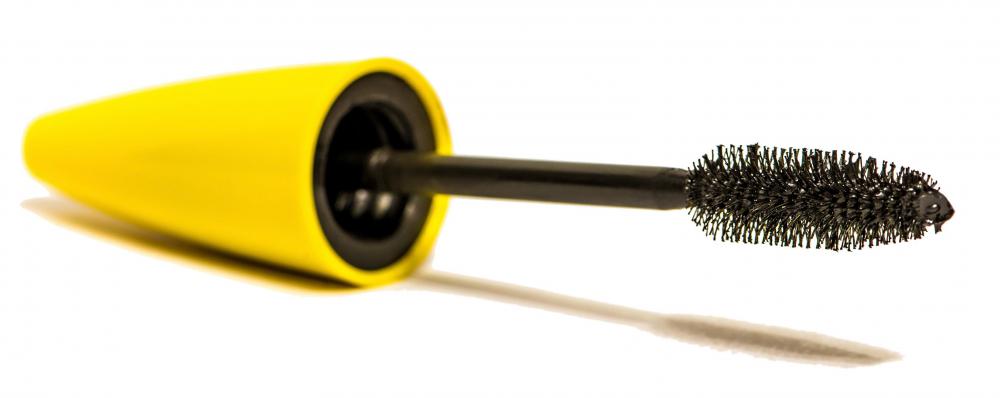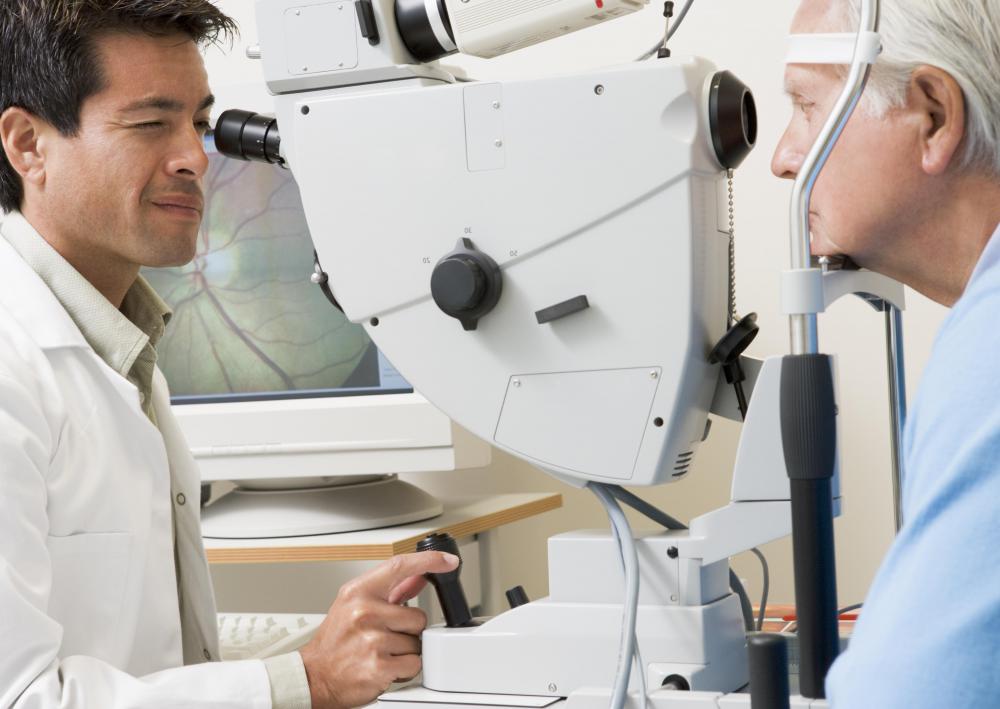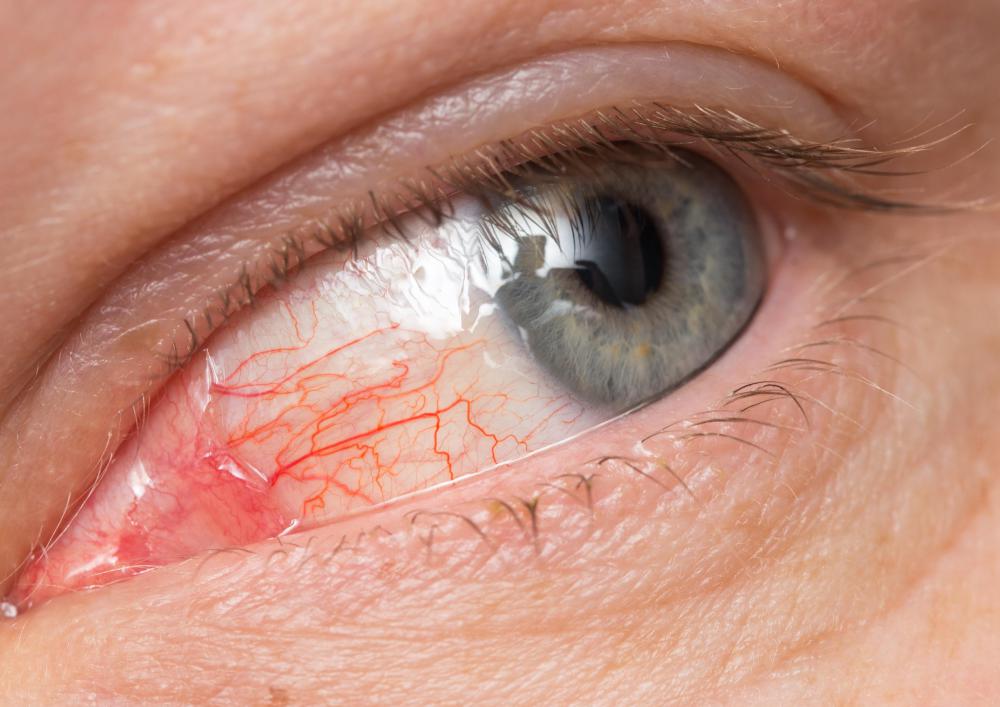At TheHealthBoard, we're committed to delivering accurate, trustworthy information. Our expert-authored content is rigorously fact-checked and sourced from credible authorities. Discover how we uphold the highest standards in providing you with reliable knowledge.
What are Eyelid Lesions?
Eyelid lesions are abnormal cellular changes in and around the eyelids. They can be benign or malignant in nature and are associated with a wide variety of causes. Evaluation of a patient with eyelid lesions is usually conducted by an ophthalmologist, a physician who specializes in the care of the eyes and related structures. Specialists in fields like oculoplastics may also be involved in diagnosis and treatment, depending on a lesion's type.
Lesions can appear in the eyelids as a result of inflammation, infection, abnormal cell growth, or trauma. When a patient presents with an eyelid lesion, a doctor will examine the eyelid carefully, taking note of any physical findings. A sample may be taken for biopsy. The patient will also be interviewed to collect medically relevant information, such as a history of eye infections. All of this information will be used to develop a diagnosis for the patient.

For some eyelid lesions, treatment may be relatively simple. Medications can be prescribed to treat inflammation and infection, and patients may be advised to do things like gently irrigating their eyes or applying compresses to promote healing. A follow-up appointment will be used to confirm that the lesion is resolved, and the patient may make some lifestyle changes to prevent future lesions, such as avoiding allergens that cause eyelid inflammation.

Other eyelid lesions require more aggressive treatment. Surgery may be required to remove a lesion if there is a concern about malignancy. Depending on the size of the lesion, reconstructive surgery to repair the eyelid may be required. Patients may also need chemotherapy and radiation to kill any lingering abnormal cells and prevent the development and spread of cancer. Skin cancers like melanoma can appear on the eyelids and are sometimes very aggressive, requiring prompt and attentive treatment.

Some growths on the eyelids may look ugly, but actually be benign. Conversely, relatively minor changes may signal a serious problem. If people notice areas of redness, roughness, swelling, or unusual cell growth on their eyelids, they should make an appointment to see a doctor for evaluation. If it is necessary to take samples, patients should be advised that it can take several days to gets results, and doctors are usually unwilling to speculate about the nature of a lesion until they have actual information. People worried about eyelid lesions may want to ask if there is anything constructive they can do while waiting for results.
AS FEATURED ON:
AS FEATURED ON:
















Discussion Comments
@fify-- I'm not an expert and you should always consult with a doctor if you have any health issues and go by their suggestions and recommendations foremost.
However, I had melanoma several years ago. The lesions were not on my eyelid, but as far as I know, cancerous skin lesions on the eyelid and elsewhere on the body show similar characteristics.
First of all, cancerous lesions grow at a rapid rate and they are persistent. So they will not go away with hot compresses or eye drops. They can have purplish or reddish color combinations, but I don't know if that can be generalized for all.
Aside from these though, the only way to know for sure is through a biopsy like you said. If you or someone you know has an eyelid lesion that won't go away with treatment and is growing, you need to have it checked out as soon as possible. The sooner cancerous lesions are diagnosed, the better because they can spread to other parts of the body.
Based on the article, I take it to mean that it's not possible to know if an eyelid lesion is malignant or not without a biopsy. But aren't there some common characteristics of malignant eyelid lesions?
I've had a chalazion on my eyelid before for example. It looks like a large lesion, but it's actually a blocked oil gland. It goes away with hot compresses. What's the difference between a pre-cancerous lesion on the eyelid and non-cancerous lesions and swelling like chalazion?
How do we know if we need professional help, or just some home remedies?
I had a lesion on my eyelid last month. It was like a little bump on my eyelid the first day but then grew to about three times the size overnight. My eye was also watering a lot, like I it does when I get allergies.
I was extremely worried because I had never seen something like this before. I didn't even try to see my ophthalmologist because I doubted that he would give me an appointment till the week after. So I went to the emergency and showed it to a doctor there.
The emergency doctor prescribed an antibiotic eye drop and described to me how to do a hot compress to clean and sterilize my eyes. He told me not to wear makeup for a while and to throw out any potentially infected makeup items away.
I did all of this and the lesion disappeared in a couple of days! I probably got my eye infected from old makeup and it caused the lesion. I was so happy that it could be treated easily.
Post your comments